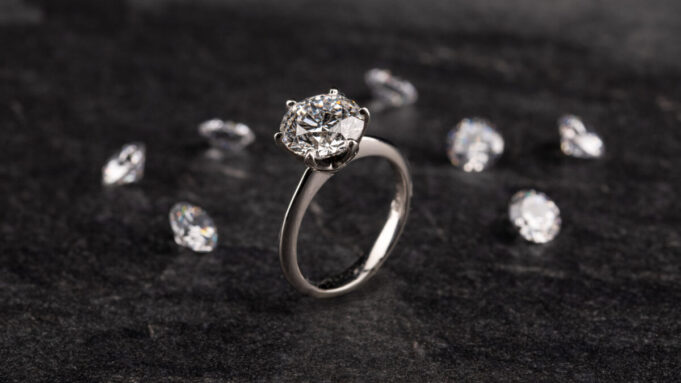Diamonds have long been the symbol of love, commitment, and luxury. However, in recent years, there has been a significant shift in this industry. Lab-grown diamonds, also known as synthetic or cultured ones, are becoming increasingly popular. With this rise in popularity comes a lot of misconceptions and myths surrounding these diamonds.
In this article, we will be debunking some of the most common myths about them and discussing why they are a great choice for anyone looking to buy them.
Myth 1: Lab-Grown Diamonds are Fake or Not Real Ones
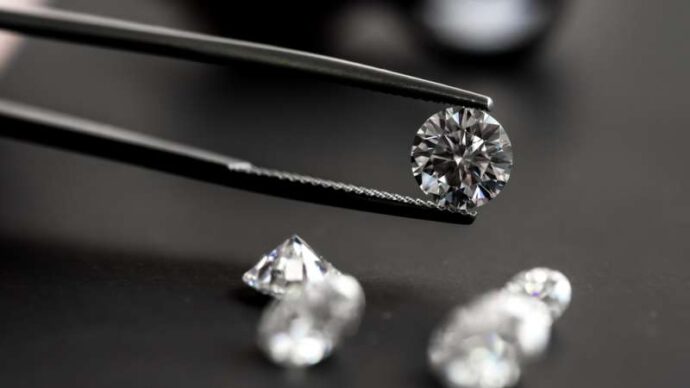
One of the most common misconceptions about lab-grown diamonds is that they are not real ones. This is simply not true. They are chemically and physically identical to natural ones. The only difference is the way in which they are created. Natural diamonds are formed deep within the earth’s crust over millions of years, whereas lab-grown ones are created in a laboratory in a matter of weeks.
Myth 2: Lab-grown Diamonds are Lower in Quality than Natural Ones
Again, this is not true. Lab-grown diamonds are graded using the same 4Cs (carat weight, color, clarity, and cut) as natural ones, and they can achieve the same high-quality grades as natural ones. In fact, many lab-grown diamonds are of higher quality than their natural counterparts because they are created in a controlled environment, free from the natural impurities that can be found in natural ones.
Myth 3: Lab-grown Diamonds Have no Resale Value
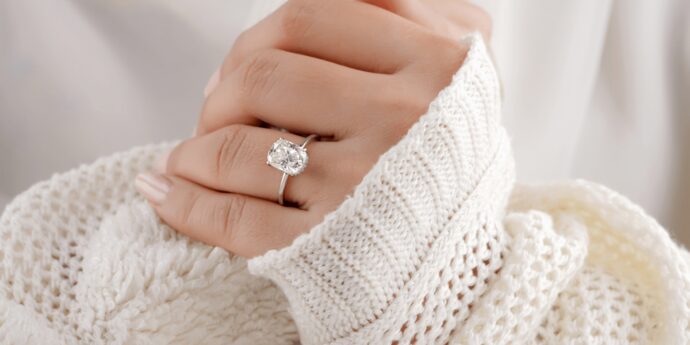
Some people believe that lab-grown diamonds have no resale value. However, this is not true. Just like natural diamonds, lab-grown ones can be bought and sold on the market. Their resale value is dependent on the same factors as natural ones, including the 4Cs and the current market demand.
Myth 4: Lab-grown Diamonds are Environmentally Unfriendly
This is not entirely true. While the process of creating them does require energy and resources, it is far less harmful to the environment than mining. The mining can have devastating effects on the environment, including deforestation, soil erosion, and the destruction of natural habitats. Lab-grown diamonds are a more sustainable and ethical option for those concerned about the environment.
Myth 5: Lab-grown Diamonds are Cheaper Because They are Inferior
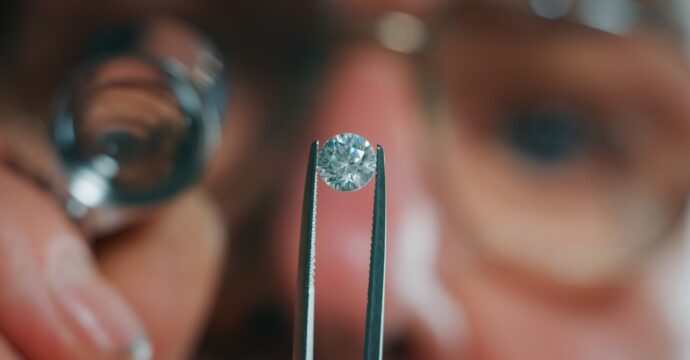
This is a common myth surrounding them, but it is not true. They are cheaper than natural ones because they are easier and faster to produce. The cost of producing them is significantly lower than the cost of mining natural ones. However, this does not mean that they are inferior in any way. As previously mentioned, lab-grown diamonds can be of higher quality than natural ones.
Myth 6: Lab-Grown Diamonds are Not as Durable as Natural Ones
They are just as durable as natural diamonds. In fact, they have the same hardness rating as natural ones on the Mohs scale. This means that they are equally as scratch-resistant and durable as natural ones.
Conclusion: Understanding the Facts about Lab-Grown Diamonds
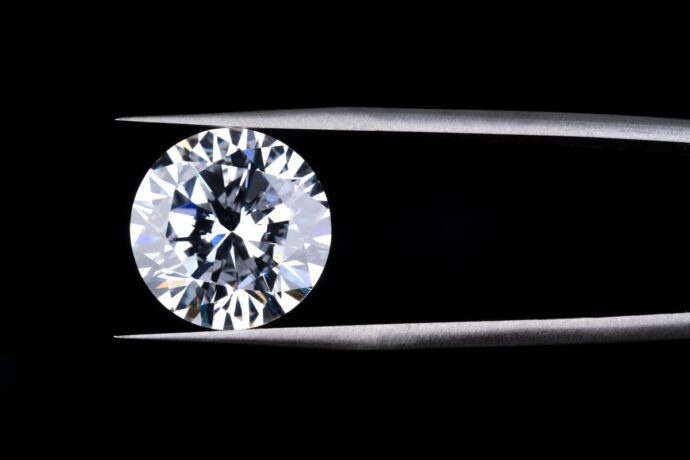
In conclusion, they are a fantastic alternative to natural diamonds. They are just as beautiful, durable, and valuable as natural ones, and they are often more ethical and sustainable. They are also a great choice for lab grown engagement rings.
When it comes to engagement rings, lab-grown diamonds are an excellent option. They are typically less expensive than natural ones, allowing couples to get a larger or higher quality diamond for their budget. Plus, because they are created in a laboratory, they are conflict-free, meaning they are not associated with the human rights abuses and violence that can be found in some mines.
Choosing them for an engagement ring is also a way to support sustainability and environmental protection. With growing concerns about climate change and the impact of mining on the planet, many people are looking for ways to reduce their environmental footprint. They are a great way to do this while still enjoying the beauty and sparkle of a diamond.
Another advantage of lab-grown diamonds is that they come in a wide variety of colors. While natural diamonds are typically white or yellow, lab-grown ones can be created in a range of colors, including pink, blue, green, and even black. This allows couples to choose the one that reflects their personality and style, rather than being limited to the traditional white diamond.
It’s important to note that they are not necessarily the right choice for everyone. Some people prefer the history and symbolism of natural ones, or they may be drawn to the unique imperfections that can only be found in natural diamonds. However, for those who are looking for a more sustainable and ethical option, lab-grown ones are an excellent choice.
The Misconception That Lab-Grown Diamonds Are Perfect
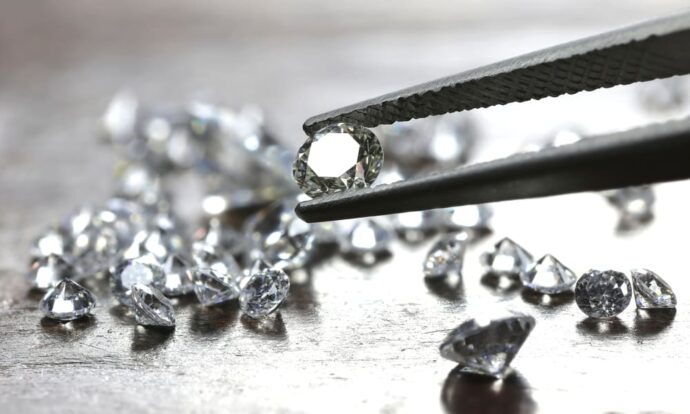
One common misconception about lab-grown diamonds is that they are always flawless and perfect, unlike natural ones that can have imperfections or inclusions. While it’s true that they are typically created under more controlled conditions, they can still have imperfections and inclusions, just like natural diamonds.
In fact, they can have unique characteristics that make them even more desirable to some people. For example, some may have a unique pattern of growth lines that can create a stunning visual effect. Others may have a unique color or clarity that is not typically found in natural ones.
It’s important to remember that diamonds, whether natural or lab-grown, are created under extreme pressure and heat, which can result in imperfections or inclusions. However, these imperfections do not necessarily diminish their beauty or value. In fact, some people may even prefer ones with unique imperfections, as they can add character and personality to the stone.
When shopping for a lab-grown diamond, it’s essential to work with a reputable jeweler who can provide you with a certificate of authenticity and detailed information about its characteristics. This will help you make an informed decision and ensure that you are getting a high-quality diamond that meets your needs and preferences.
To Sum Things Up
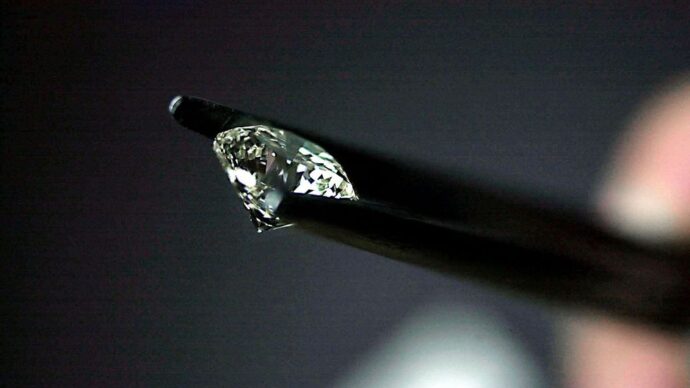
In summary, lab-grown diamonds are not fake or inferior diamonds. They are just as real and high-quality as natural ones, and they offer a more sustainable and ethical option for those who are concerned about the impact of mining on the planet and communities.
They are also an excellent choice for engagement rings, offering couples a wide range of options for size, color, and quality.
When shopping for diamonds, it’s essential to understand the facts and myths surrounding lab-grown diamonds, so you can make an informed decision that’s right for you.

